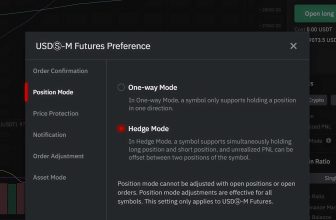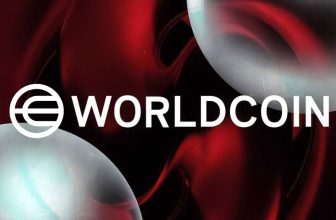Introduction
The Dawn of a New Internet Era
The rise of Web 3, also known as the decentralized web, signals the dawn of a new era in Internet technology. It promises to take us beyond the static pages of Web 1.0 and the interactive yet centralized platforms of Web 2.0, delivering a fully decentralized, intelligent, and user-centric web experience.
Understanding the Need for Change: The Shift from Web 2.0 to Web 3.0
For many of us, the web has become a central part of our daily lives. We use it for communication, work, entertainment, shopping, and more. But while the web has evolved, so have the challenges and limitations we encounter. Web 2.0, for all its advantages, has centralized the power and control of the internet in the hands of a few major companies, raising concerns about privacy, security, and equity. This has fueled the shift towards Web 3.0, a new paradigm aiming to re-decentralize the web and give power back to the users.
Defining Web 3.0: The Decentralized Internet
The Concept of a Decentralized Web: Exploring Web 3.0
Web 3.0, often dubbed the decentralized web, refers to a version of the internet that breaks away from the data monopolies formed by tech giants in the era of Web 2.0. Instead of a few companies storing, controlling, and profiting from user data, Web 3.0 envisions a system where users maintain ownership and control of their personal data. In this future, instead of applications living on servers owned by corporations, they live on a decentralized network operated and accessed by users across the globe.
The Technological Advances Powering Web 3.0
Underpinning the shift to Web 3.0 are several critical technological advances. These include blockchain technology, artificial intelligence, and the semantic web. Blockchain offers a decentralized, secure method for recording transactions, empowering users with transparency and trust. Artificial intelligence and machine learning provide a more intuitive, personalized web experience. Meanwhile, the semantic web provides a framework for data to be shared and reused across application, enterprise, and community boundaries, enabling more meaningful interactions.
Components of Web 3.0
Semantic Web: Understanding and Connecting Data
One of the key features of Web 3.0 is the Semantic Web, a concept that involves using standardized formats for data on the web, enabling machines to understand and respond to complex human requests. In simpler terms, while the current web is good at understanding hyperlinks and connecting pieces of content, the Semantic Web aims to comprehend the content’s meaning. It’s about teaching machines to ‘understand’ context and relevance, opening the door for a more intelligent and personalized web experience.
Artificial Intelligence and Machine Learning: The Smart Web
Artificial Intelligence (AI) and Machine Learning (ML) are crucial players in the Web 3.0 landscape. They contribute to creating a ‘smart web’, a platform that understands, learns from, and responds to user behavior. This will lead to more personalized web experiences, with search engines providing highly relevant results and digital assistants becoming even more intuitive and helpful.
Blockchain Technology: Establishing Trust and Transparency
Blockchain technology is another critical component of Web 3.0. Known for its decentralization, blockchain is a distributed ledger that records transactions across many computers, ensuring all transactions are transparent and tamper-resistant. This provides unprecedented trust and security on the web, enabling peer-to-peer transactions without needing an intermediary. It also paves the way for ‘decentralized apps’ or dApps, which run on a peer-to-peer network rather than a centralized server.
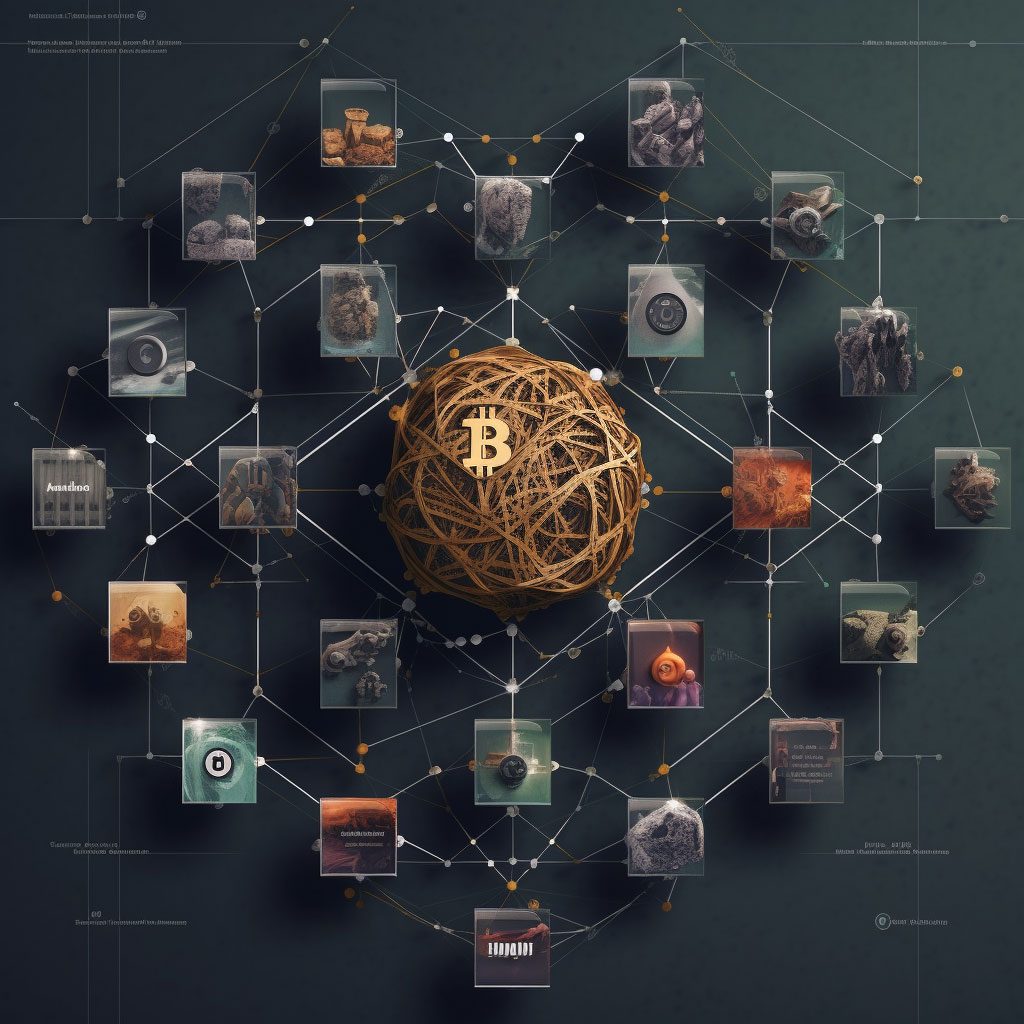
The Role of Blockchain in Web 3.0
How Blockchain Enables Decentralization
Blockchain, as a decentralized ledger technology, is one of the critical technologies underpinning the Web 3.0 vision. It allows data to be stored across a network of computers worldwide, making it almost impossible for a single entity to take control or manipulate it. Blockchain is built on openness, decentralization, and security principles, ideally suited to a web that respects user data and privacy while providing robust, reliable functionality.
Tokens and Cryptocurrencies: Digital Assets of the Web 3.0
In the Web 3.0 era, blockchain technology also brings about the use of tokens and cryptocurrencies. These digital assets provide a new way to store, transfer, and manage value online. They eliminate the need for intermediaries in financial transactions, empowering users to control their finances fully. Moreover, tokens can also incentivize certain behaviors within the network, such as rewarding users for contributing storage space or computational resources.
Smart Contracts: Powering Autonomous Transactions
Another significant component of Web 3.0 enabled by blockchain is the concept of smart contracts. These are self-executing contracts where the terms of an agreement are written into code. They automatically execute transactions when pre-set conditions are met, removing the need for an intermediary and increasing efficiency, transparency, and trust.
Web 3.0: The User Perspective
How Web 3.0 Changes the User Experience
From a user perspective, Web 3.0 offers a shift towards a more secure, private, and user-centric online experience. Instead of being the product, with personal data traded for access to services, users in the Web 3.0 era control their data. They can choose when, how, and with whom to share their information and monetize their data. The user experience becomes more personalized and responsive, with AI and machine learning tailoring the experience to each user’s needs and preferences.
Web 3.0 and Personal Data: Ownership and Control
One of the most significant shifts in Web 3.0 is the concept of data ownership. In the current web ecosystem, tech companies often own and control user data used to power their platforms and sold for advertising. With Web 3.0, the idea is to return data ownership to users, allowing them to control access to their data and benefit from its use. This shift has significant implications for privacy and personal freedom online.
Interacting with Web 3.0: Browsers and dApps
Interacting with Web 3.0 will likely involve new tools and platforms. Decentralized applications (dApps) will replace many current web apps, operating on peer-to-peer networks rather than centralized servers. Similarly, new types of web browsers may be required to navigate the decentralized, semantically-enabled web. These browsers will interpret and interact with blockchain transactions and smart contracts, making the decentralized web accessible and user-friendly.
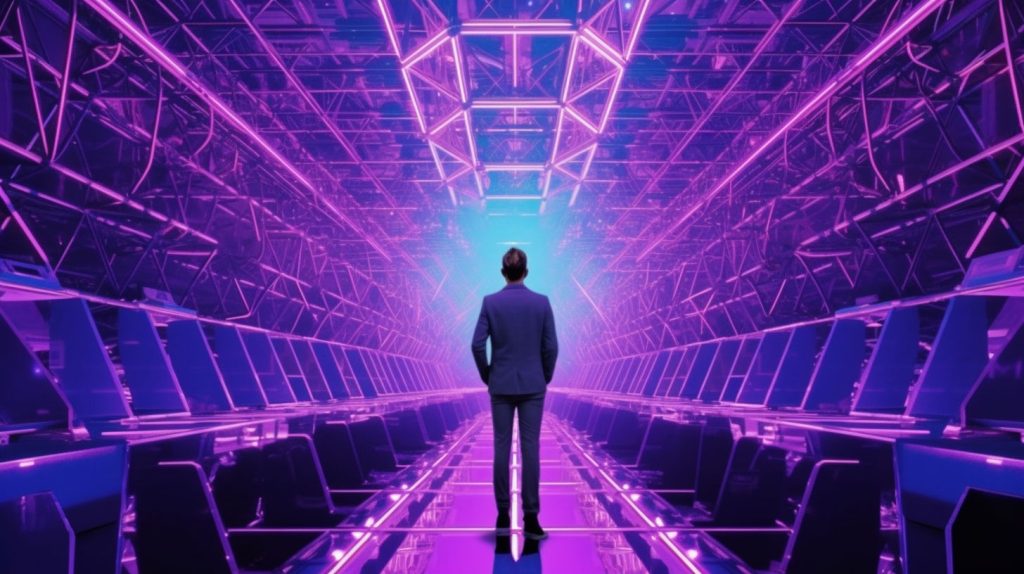
Implications for Business and Society
How Web 3.0 Transforms Online Business Models
The advent of Web 3.0 is set to revolutionize the business world. Business models will have to adapt as data ownership shifts back to the hands of users. This could see the rise of new types of services and platforms where users are rewarded for their participation and data sharing. Furthermore, businesses will be able to interact more directly and transparently with customers, thanks to blockchain’s trustless nature and the potential for smart contracts.
Democratizing the Internet: Social and Economic Impacts of Web 3.0
Web 3.0 aims to democratize the internet, giving users back control and ownership. This shift can have wide-reaching social and economic impacts. On the one hand, it can lead to more equitable distribution of wealth and power online, reduce exploitation of user data, and encourage more open collaboration. On the other hand, it could disrupt industries, lead to job displacement, and require new skills and understandings to navigate the new web effectively.
Web 3.0 and the Future of Work: Opportunities and Challenges
Web 3.0 could also reshape the future of work. With blockchain, smart contracts, and decentralization at its core, it could usher in new ways of working, such as decentralized autonomous organizations (DAOs) where decisions are made collectively and transparently. However, these changes also bring challenges, including digital divide issues, security concerns, and the need for extensive education and upskilling.
Critiques and Considerations
Addressing the Potential Drawbacks of Web 3.0
While Web 3.0 promises many advantages, it also comes with potential drawbacks that we must address. The complexity of the technology, the shift in how we store and access data, the still-evolving regulation around blockchain and cryptocurrencies, and the potential for misuse are all concerns that require careful consideration and mitigation.
Security and Privacy Concerns in the Decentralized Web
Web 3.0, despite its focus on user control and privacy, also raises new security and privacy concerns. These include the vulnerability of smart contracts to hacking, the potential for new forms of data theft and abuse, and the challenges of maintaining privacy when all transactions are publicly recorded on the blockchain. Navigating these issues will be crucial in realizing the potential of Web 3.0.
The Digital Divide: Ensuring Accessibility and Inclusivity in Web 3.0
The shift to Web 3.0 also raises questions about accessibility and inclusivity. The digital divide, the gap between those with access to modern digital technologies and those without, could potentially widen with the introduction of complex new technologies. We must ensure Web 3.0 is accessible and beneficial to all, not just those with the means and knowledge to take full advantage of it.
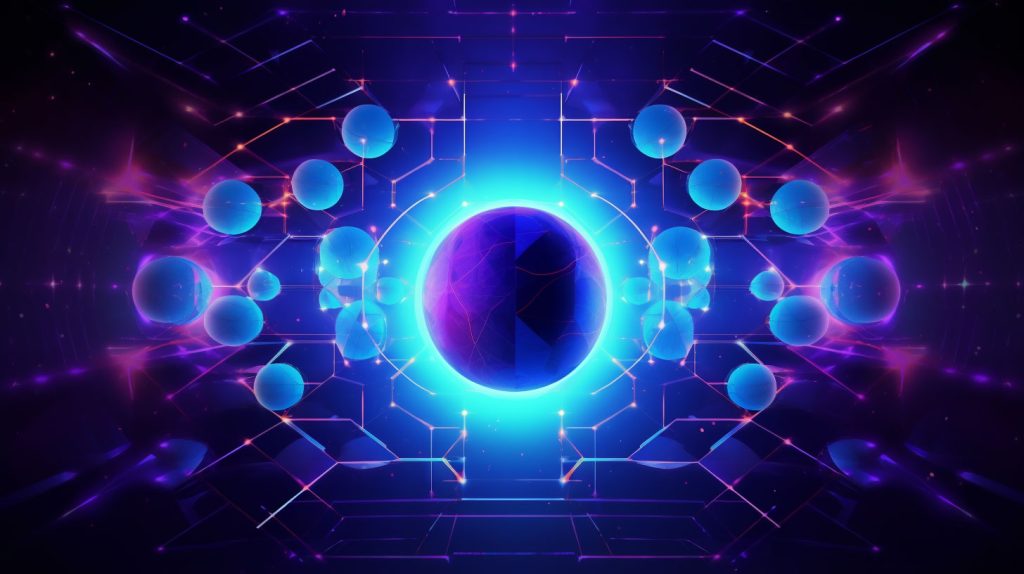
Conclusion
The Evolution of the Internet: From Web 1.0 to Web 3.0
The journey from Web 1.0, the static, read-only web of the 1990s, to Web 2.0, the interactive social web of the 2000s, has been remarkable. However, the shift towards Web 3.0, the decentralized, intelligent web, promises even more radical changes. The convergence of blockchain technology, artificial intelligence, and the semantic web, focusing on user privacy and control, will revolutionize how we interact with the digital world.
Future Expectations: Predictions for the Further Evolution of the Web
The possibilities for Web 3.0 are endless. We can expect more intelligent, personal, and seamless online experiences as it develops. Blockchain technology will likely become more prevalent, and as it matures, it will become more secure, efficient, and scalable. Similarly, artificial intelligence will become more sophisticated, leading to a more intuitive and responsive web. As for the semantic web, it will make the internet more understandable and usable not just for humans but for machines as well.
Frequently Asked Questions
What is Web 3.0?
Web 3.0 refers to the third generation of internet services, focusing on utilizing a machine-based understanding of data to provide a data-driven and semantic web. It promises a more connected, open, and intelligent version of the internet, powered by technologies like blockchain, artificial intelligence, and the semantic web.
How does Web 3.0 differ from Web 2.0?
Unlike Web 2.0, dominated by data giants, Web 3.0 is decentralized, meaning users have control and ownership of their data. Also, Web 3.0 uses AI and machine learning to provide a more personalized user experience and semantic web technologies to understand and connect data.
What role does blockchain play in Web 3.0?
Blockchain plays a crucial role in Web 3.0 by providing a transparent, secure, and decentralized method of recording transactions. It is the technology that allows for decentralization, giving users control over their data and digital assets.
What are the potential benefits of Web 3.0?
Web 3.0 offers numerous benefits, including increased privacy and control for users, a more personalized and intuitive web experience, and greater transparency and trust in online transactions.
What are the potential challenges or drawbacks of Web 3.0?
The transition to Web 3.0 brings several challenges, including technical complexity, security and privacy concerns, the potential for misuse, and issues of accessibility and inclusivity.




